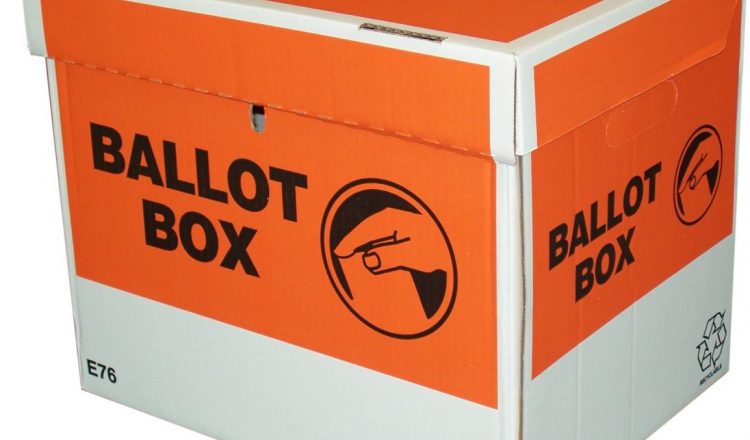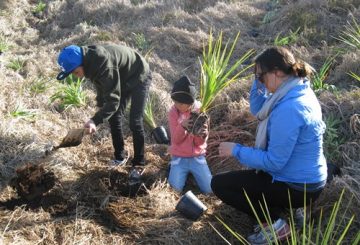This is what you need to know about voting and MMP.
What is MMP?
MMP stands for Mixed Member Proportional representation, the electoral system used in New Zealand.
A majority of New Zealanders voted for it – twice, first in a non-binding referendum in 1992, and again in a binding referendum at the election the following year. It was introduced in the next election, in 1996.
MMP aims to ensure that people will be represented in Parliament both by a person in their local area (electorate), and by a group (a political party).
How does it work?
New Zealanders have two votes – one for a local representative, and one for a political party. You just pick the person in your area you think best advances your interests, and the political party that best represents your interests.
The complexity comes in when trying to calculate how these votes translate into the seats available for members of Parliament (MPs).
There are 120 seats:
Basically, it all means that the proportion of party votes should be about the same as the proportion of seats in the Parliament. While electorate MPs will belong to one party or another, voters do not need to vote for an electorate representative that matches their party vote.
Other things to consider
A party has to win at least 5 percent of votes or an electorate seat to win a seat in Parliament. If they win an electorate seat, the party gets allocated a percentage of list seats based on their party vote.
If a party wins more electorates than its share of party votes allows for, extra seats can be added to make up for the “overhang” and ensure the proportions remain correct. This has happened in three elections, with 121 MPs in 2005, 122 MPs in 2008 and 121 in 2011.
So who wins the election?
In contrast to some countries overseas, the United States for example, the election in New Zealand is not voting for the country’s leader. People vote only for the parties and electorates.
But someone has to be in charge. Someone has to make sure the organisations doing all the management of the country – funding hospitals and schools, repairing roads and infrastructure, managing prisons – all that administrative stuff, and more, is being done properly.
This responsibility – and the power it entails – belongs to the government.
Who gets to become the government is basically whichever party can get a majority – more than 50 percent – of the seats, based on their party vote. If none of the parties has enough to reach more than 50 percent, they must negotiate with each other about their plans until a combination of the parties has more than half the seats.
This can result in either a coalition – where the bigger party and smaller party form a government together and come up with a complete policy plan – or a confidence and supply agreement, where the smaller parties agree to support the main, governing, party on specific policies.
Under confidence and supply, the smaller party does not need to support policies that fall outside the agreement.
With 50 percent of the seats in Parliament, the governing party or coalition can decide what to change about how the country works and enact these decisions in Parliament.
The governing parties have most of the power. The parties that are not governing are known as the opposition, and it is their job to criticise and poke holes in the plans the government is putting forward.
Will MMP ever change?
Not everyone likes MMP, but last time we checked, more people wanted to keep it than replace it.
In the 2011 election, a referendum – much like the recreational cannabis and end of life choice referendums this election – was held to see if MMP was still the preferred way of doing things.
The referendum asked two questions: whether voters wanted to keep MMP or replace it, and secondly what system would be preferred if it was changed. Almost 58 percent of voters wanted to keep it, an increase of 3.91 over the 1993 binding referendum.
Nevertheless, the result triggered an Electoral Commission to review how well MMP was working.
The review recommended changes including:
Lower the 5 percent party vote threshold to 4 percent
Abolish the electorate seat threshold for allocating list seats
Remove the overhang seats provision
Consider fixing the ratio to 60:40 electorate to list seats
None of these changes have been implemented yet.
Although it is unlikely New Zealand will switch from MMP any time soon, it is possible we will see change to some of the rules.






























































